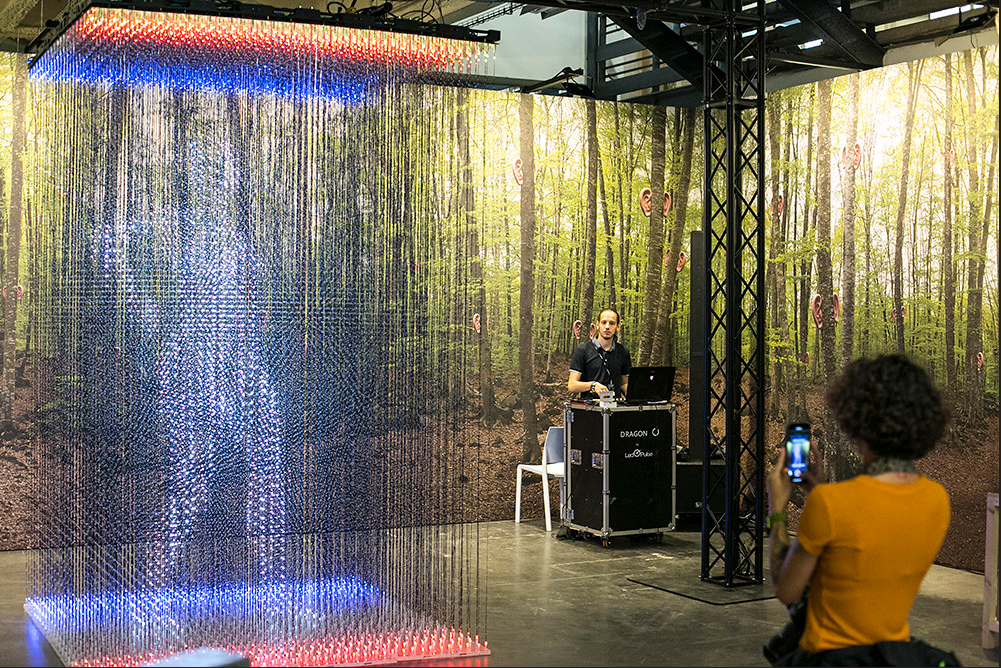
Film colourist
Other denominations
Colour grader, Colourist
Description
In film production, colour grading is the process of adjusting colour and light to avoid changes and thus give visual continuity to all the shots in a film or to produce a certain effect. Therefore, these professionals work on the different shots using specific colour correction programmes to ensure the quality of the product and the desired visual finish.
Accordingly, the main objective of these professionals is to give coherence and visual homogeneity to the different lighting conditions or even combine images from different sources and formats. But in addition to technical correction, colour grading also has a narrative potential and colour correction can be used to enhance the emotions linked to a particular piece. For example, horror films are not usually warm and bright, but rather cold and dark. Consequently, the profile of these professionals brings together a technical and a more creative side.
Specifically, these professionals regulate variables such as contrast, brightness, saturation, colour dominance and other light variables to match shots filmed with different cameras and in changing light conditions. In this process, they apply primary and secondary corrections, filters and effects, which vary the colours and the variables mentioned above, to achieve a certain result, usually indicated by the director of photography.
In addition, to do their job, they must take into consideration the basics of colour applied to the audiovisual image and apply technical (video formats, colour compressions systems, colour spaces, etc.) and artistic issues.
The figure of these professionals is essential to achieve a quality audiovisual result, therefore, they can work with different film products (advertising, short films, feature films, documentaries, etc.) on their own, as part of the post-production team, or offering their services from a specialised production company.
Tasks
- Meet with the director of photography or the client company to establish the aesthetic line that will set the guidelines for the colour grading of the audiovisual piece.
- Sometimes visit the film set to become familiar with the film or audiovisual product and check the lighting carried out by the director of photography in order to capture the intention they will give to the film product.
- Evaluate the quality of the piece they are working with. In this sense, it is important to get formats with the highest quality of colour information possible, so that the result is satisfactory. Low quality pieces accept colour variations less well and the modification range they support is much smaller.
- Use tools such as the vectorscope and the histogram to have objective information on the different variables to be modified (brightness, colour, contrast) and assess their robustness and the range of modification available to work with.
- Adjust the colour wheels, contour lines and brightness in two phases according to the type of correction:
1. Primary corrections: apply basic corrections to leave scenes completely neutral or with a certain colour scheme, with respect to contrast, dominant colour correction and lighting.
2. Secondary corrections: make corrections to more specific areas of the image that need special adjustment, such as changing specific colours and giving specific areas of the scene, using selections and masks. - Apply filters and effects, according to the indications received. This is the most delicate step because not all people have the same perception of colours, so it is necessary to make subtle corrections that go unnoticed and enhance the narrative of each sequence.
- Review the product and ensure that it maintains visual harmony in terms of colour and light and that it conforms to the indications received from the director of photography or client.
- Deliver the colour graded piece and apply the necessary final modifications and corrections if requested.










 | Catalan | Beginner
| Catalan | Beginner | English | Advanced
| English | Advanced
 Open
Open




 | English | Beginner
| English | Beginner


